Managing blood sugar well isn’t just about medication—it’s also about what lands on your plate. While many of us know to avoid obvious sugar bombs, the reality is that some everyday foods—some even marketed as “healthy”—can quietly derail glucose control.
From deceptive breakfast staples to indulgent snacks, these hidden dangers can trigger blood sugar spikes, recession, and long-term complications, even for those who think they’re making smart choices.
Think your morning juice or flavored yogurt is harmless? Think again. Many popular items contain surprising amounts of added sugar and refined carbs, causing insulin to flood your bloodstream and sending glucose soaring. Even foods that don’t taste sweet—like fried fast food or processed meats—can contribute to insulin resistance and inflammation, the silent culprits behind diabetes complications.
This guide reveals 10 familiar foods diabetics should steer clear of—whether you’re newly diagnosed, have been managing diabetes for years, or simply strive to maintain stable blood sugar. We’ll peel back the layers on sugary drinks, baked goods, pastries, and more—all with the power to send your glucose levels into turmoil.
You’ll learn why seemingly “healthful” choices like fruit juice, dried fruit, and branded yogurt can be just as harmful as a donut, and why avoiding refined grains is more important than skipping sweets.
But this isn’t about fearmongering—it’s about empowerment. Once you see how these foods impact your body, you can make smarter swaps like whole fruits instead of juice, plain yogurt with berries instead of flavored cups, and air-fried chicken instead of greasy takeout.
With a few simple adjustments, you can satisfy cravings, enjoy real flavor, and protect your health—all without sacrificing the joy of eating.
1. Sugary Beverages
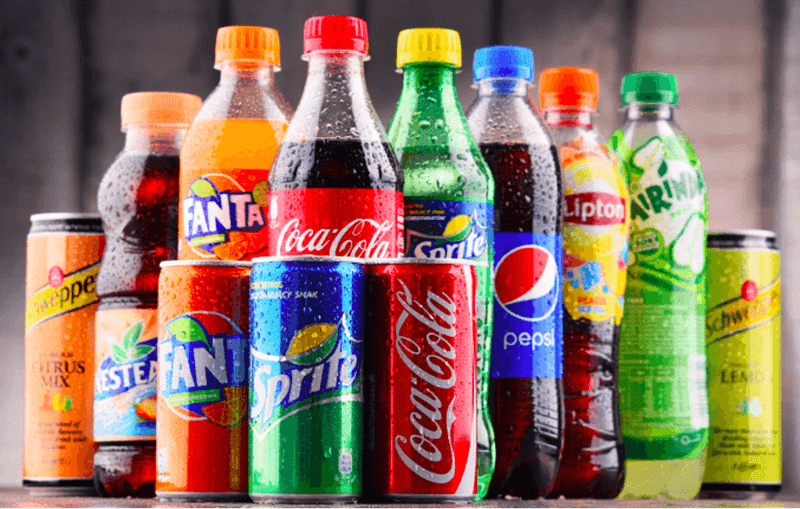
Liquid sugar bombs lurk in every soda can and sweetened drink. With over 40g of sugar per serving, these beverages deliver a direct hit to your bloodstream within minutes of consumption.
Without fiber or protein to slow absorption, your glucose levels skyrocket almost instantly. The rapid spike triggers your pancreas to release a flood of insulin, potentially leading to dangerous crashes later.
Even drinks labeled as ‘healthy’ options like vitamin water or sweetened tea can cause similar problems. Your best alternatives? Water, unsweetened tea, or sparkling water with a splash of fresh lemon or lime.
2. White Bread and Refined Grains
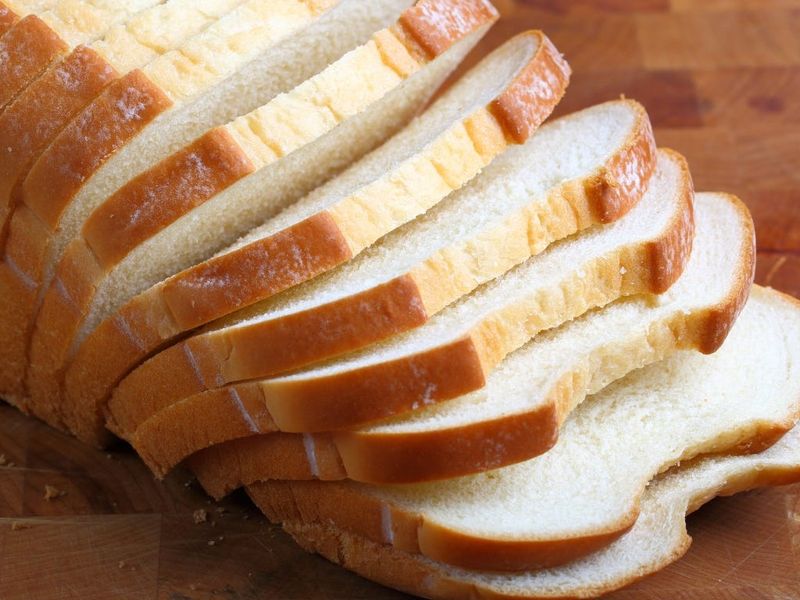
That innocent-looking slice of white bread transforms into pure glucose moments after eating. Made from flour stripped of its fiber and nutrients, these refined carbs break down at lightning speed in your digestive system.
The resulting blood sugar spike can happen almost as quickly as with table sugar. White rice, regular pasta, and many breakfast cereals fall into this same troublesome category.
Your body essentially treats these foods like straight sugar. Switch to whole grain alternatives that contain fiber to slow digestion and provide actual nutrients your body needs for optimal function.
3. Baked Goods and Pastries
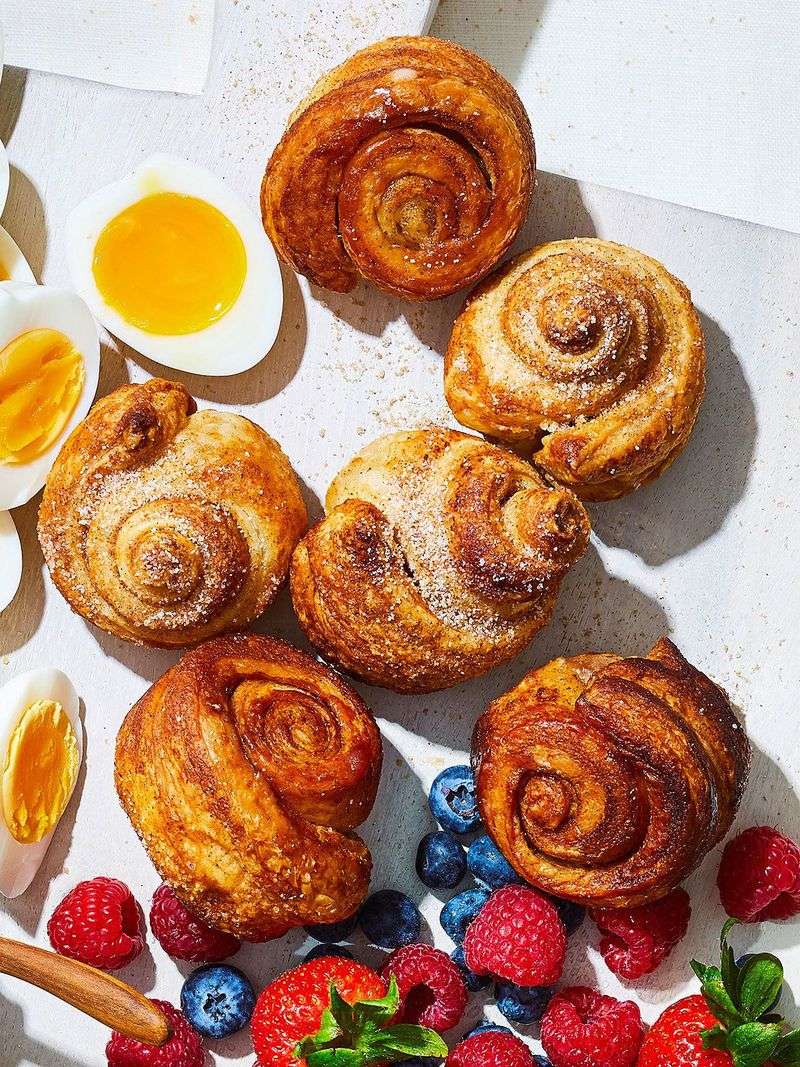
The glazed donut calling your name from the bakery case combines three diabetes danger zones: refined flour, added sugar, and unhealthy fats. This triple threat not only spikes blood glucose but also promotes inflammation throughout your body.
Store-bought cookies, cakes, and pastries often contain trans fats that raise bad cholesterol while lowering good cholesterol—particularly dangerous for diabetics already at higher risk for heart disease. Many commercial bakeries use white flour that digests rapidly, sending glucose levels soaring.
The combination creates a perfect storm for diabetic complications. Save these treats for truly special occasions, and consider healthier homemade versions using almond flour or whole grains.
4. Sweetened Breakfast Cereals
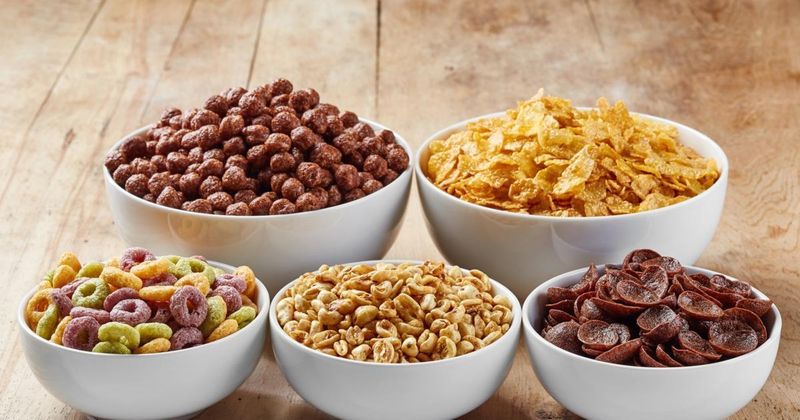
Morning cereals hide a startling secret behind their health claims and cartoon characters. Many popular brands pack more sugar per serving than candy bars—sometimes exceeding 20 grams in a tiny portion that few people actually measure.
The combination of refined grains and added sugars creates a morning glucose explosion. Even varieties advertising ‘whole grain’ often contain minimal fiber compared to their sugar content.
The marketing rarely matches the nutritional reality. Start your day instead with steel-cut oats, eggs, or Greek yogurt to maintain stable blood sugar and provide lasting energy without the mid-morning crash that sweetened cereals inevitably cause.
5. Flavored Yogurt
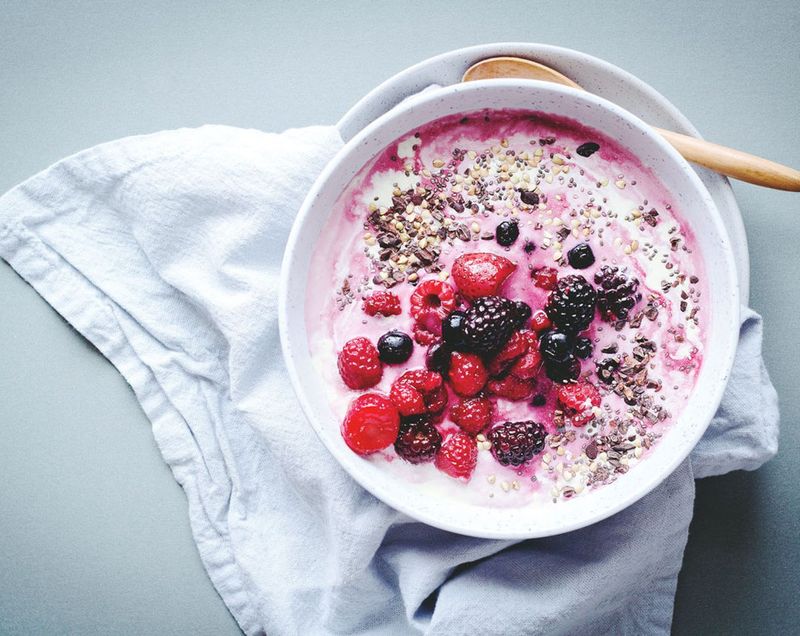
Behind the health halo of yogurt lurks a surprising amount of added sugar in most flavored varieties. A small container of fruit-on-the-bottom yogurt can contain up to 29 grams of sugar—equivalent to eating ice cream for breakfast!
The fruit mixtures aren’t actually fresh fruit but sugary jam-like substances. Manufacturers often add multiple forms of sweeteners while marketing these products as nutritious options for health-conscious consumers.
The beneficial probiotics and protein get overshadowed by the glucose spike these products cause. Choose plain Greek yogurt instead and add your own fresh berries or a sprinkle of cinnamon for flavor without the blood sugar roller coaster.
6. Fried Foods
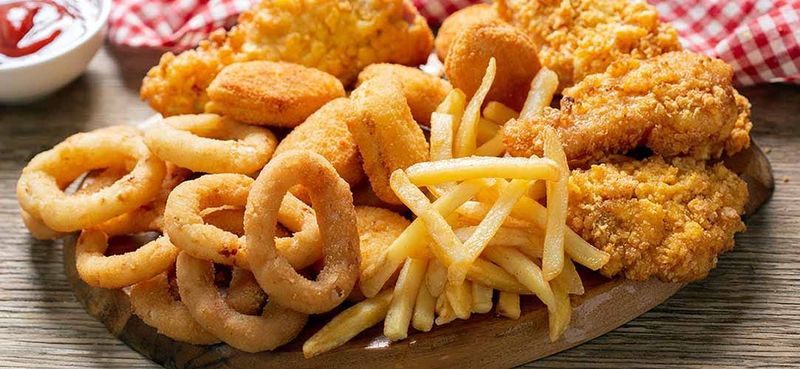
Golden and crispy french fries might taste heavenly, but they create hellish conditions for diabetic bodies. The high-temperature cooking process creates compounds that increase inflammation and insulin resistance, making blood sugar control more difficult.
Fried chicken, onion rings, and other battered delights cause delayed glucose spikes that can last for hours after eating. The combination of starchy coatings and oils leads to a double whammy of carbs and fats that stress your metabolic system.
Many fried foods also contain trans fats or oxidized oils that further damage blood vessels already vulnerable from diabetes. Opt for baked, air-fried, or grilled alternatives that deliver flavor without the dangerous blood sugar swings.
7. Fruit Juices
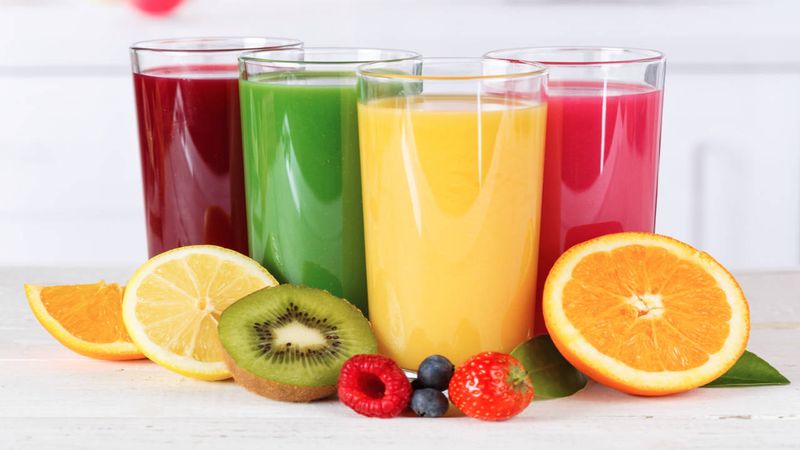
Nature’s candy becomes nature’s glucose shot when transformed into juice. Even 100% fruit juice lacks the fiber that whole fruits provide, essentially concentrating the sugars into a form that hits your bloodstream at high speed.
A single glass of orange juice requires several whole oranges, delivering their combined sugar content without the satiety benefits of eating the actual fruit. Many commercial varieties add even more sweeteners beyond what occurs naturally.
The nutritional profile doesn’t justify the glucose spike for diabetics. Whole fruits with their fiber intact offer a much safer option, as the fiber slows sugar absorption and provides beneficial nutrients without the dramatic blood sugar impact.
8. Dried Fruit
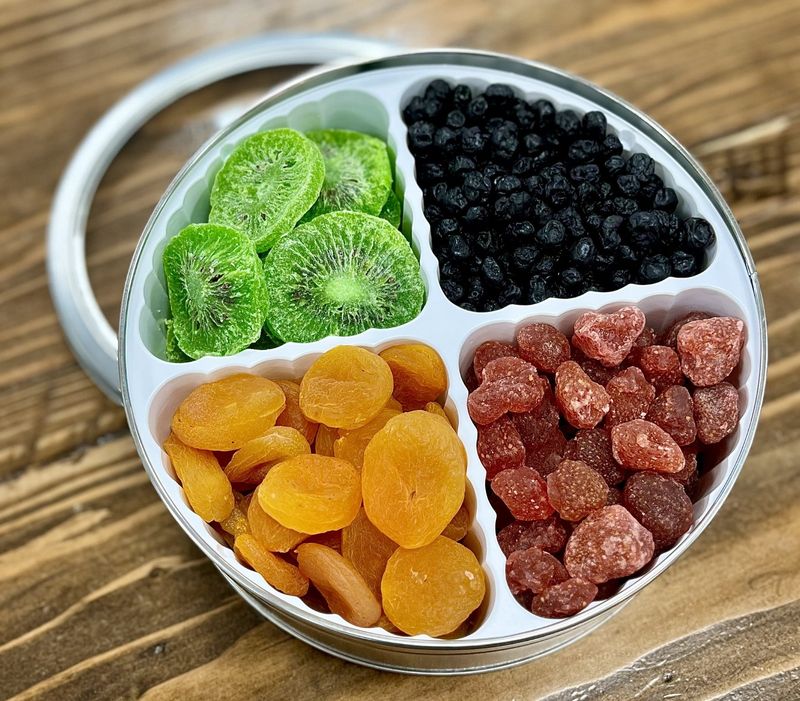
Raisins, dried cranberries, and other dehydrated fruits pack a concentrated sugar punch in tiny packages. The drying process removes water while concentrating natural sugars into smaller portions that are easy to overeat.
A handful of raisins contains the same sugar as a much larger bunch of grapes, but without the water content that helps create fullness. Many commercial varieties add extra sugar during processing, making them even more problematic for blood glucose control.
The sticky texture also clings to teeth, increasing dental risks already elevated for diabetics. Fresh berries or sliced apples make smarter snack choices, providing fiber, nutrients, and natural sweetness with a fraction of the glycemic impact.
9. Full-Fat Ice Cream
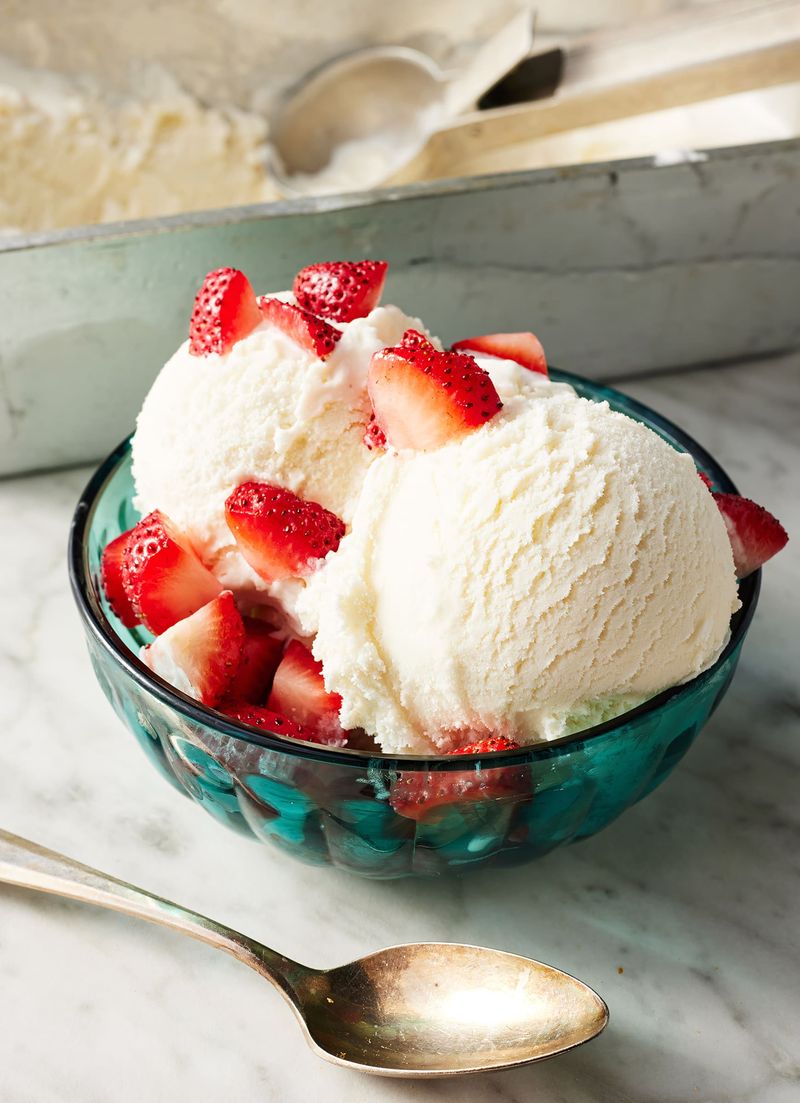
Creamy frozen indulgence comes with a steep price for diabetics. Traditional ice cream combines high sugar content with saturated fat, creating a perfect storm for blood glucose chaos and increased heart disease risk.
A single serving (which is much smaller than most people actually eat) can contain over 30 grams of sugar. The fat content slows absorption slightly but ultimately contributes to insulin resistance when consumed regularly.
Even sugar-free versions often contain sugar alcohols that can cause digestive distress and still affect blood sugar in many people. For occasional treats, consider frozen fruit blended with Greek yogurt or small portions of lower-sugar alternatives specifically formulated for blood sugar management.
10. Processed Meats
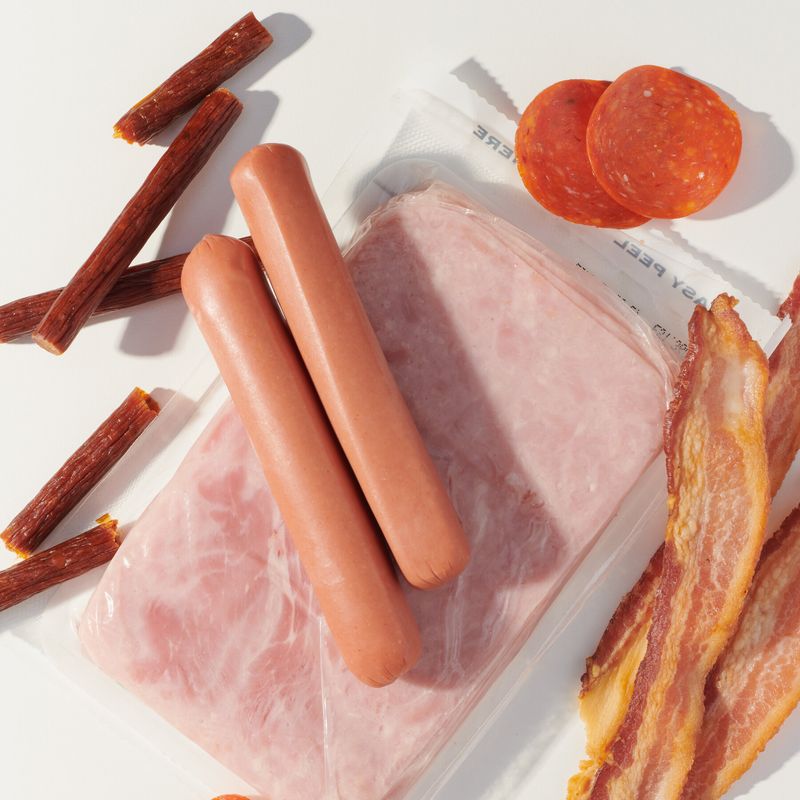
Bacon, hot dogs, and deli meats harbor hidden dangers beyond their savory appeal. These processed proteins contain preservatives like nitrates and nitrites that have been linked to increased insulin resistance and inflammation.
The high sodium content poses additional risks for diabetics already vulnerable to heart disease and high blood pressure. Many varieties also contain added sugars disguised under various names on ingredient lists.
Regular consumption has been associated with higher rates of type 2 diabetes and complications in those already diagnosed. Choose fresh, unprocessed proteins like chicken breast, fish, or plant-based alternatives that support stable blood sugar and overall health without the problematic additives.
Leave a comment